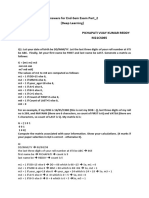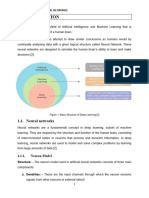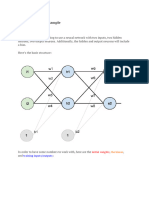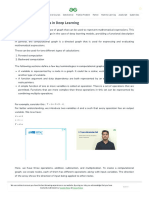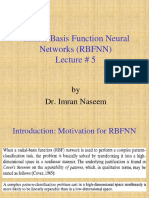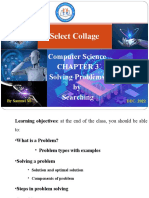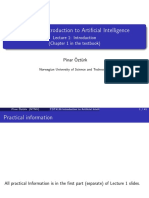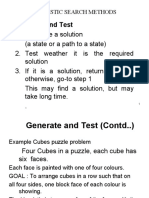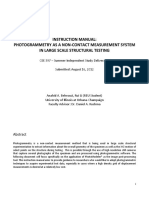0% found this document useful (0 votes)
175 views19 pagesEvolutionary Programming
Evolutionary programming (EP) is an evolutionary algorithm developed in the 1960s. It typically uses real-valued vectors as representations and Gaussian mutation without recombination. Contemporary EP often self-adapts mutation step sizes and can be applied to optimization problems. Early EP aimed to evolve finite state machines to predict sequences and achieve intelligence through adaptive behavior. Modern EP is more flexible and can evolve neural networks to play games like checkers at an expert level.
Uploaded by
Hudson MartinsCopyright
© © All Rights Reserved
We take content rights seriously. If you suspect this is your content, claim it here.
Available Formats
Download as PPT, PDF, TXT or read online on Scribd
0% found this document useful (0 votes)
175 views19 pagesEvolutionary Programming
Evolutionary programming (EP) is an evolutionary algorithm developed in the 1960s. It typically uses real-valued vectors as representations and Gaussian mutation without recombination. Contemporary EP often self-adapts mutation step sizes and can be applied to optimization problems. Early EP aimed to evolve finite state machines to predict sequences and achieve intelligence through adaptive behavior. Modern EP is more flexible and can evolve neural networks to play games like checkers at an expert level.
Uploaded by
Hudson MartinsCopyright
© © All Rights Reserved
We take content rights seriously. If you suspect this is your content, claim it here.
Available Formats
Download as PPT, PDF, TXT or read online on Scribd
/ 19



